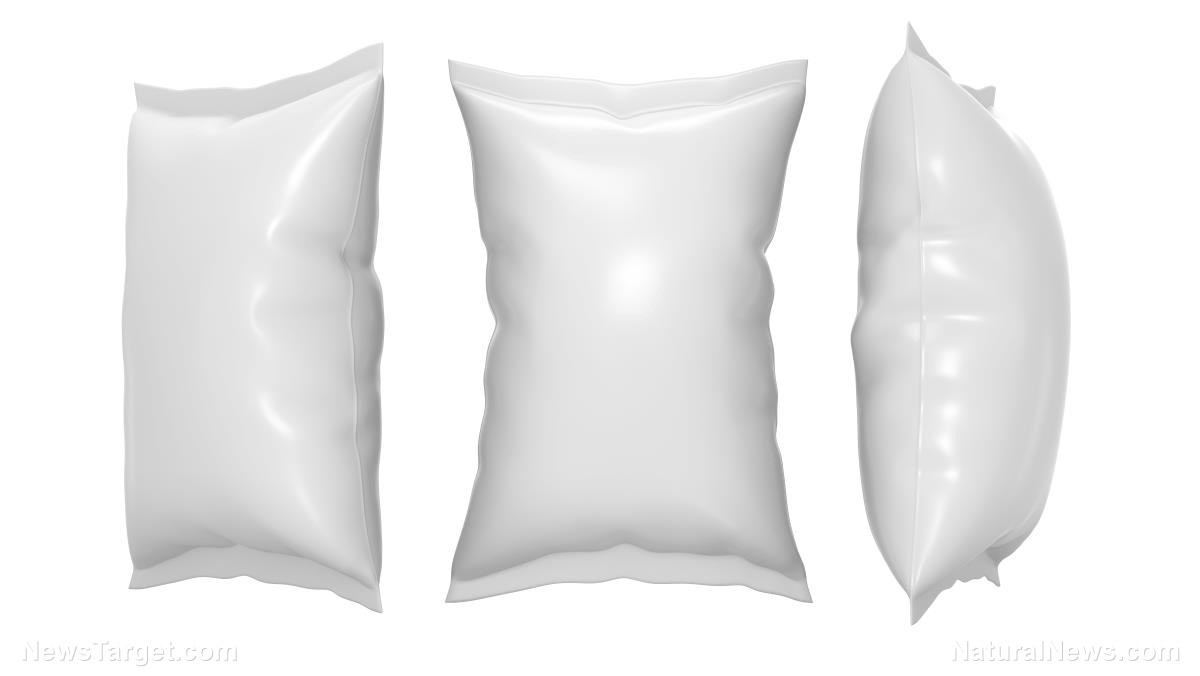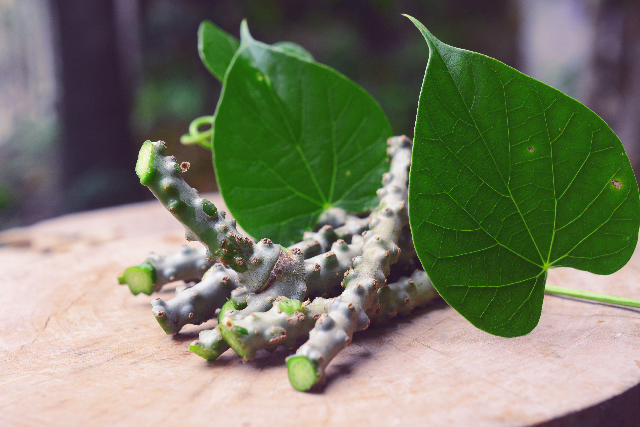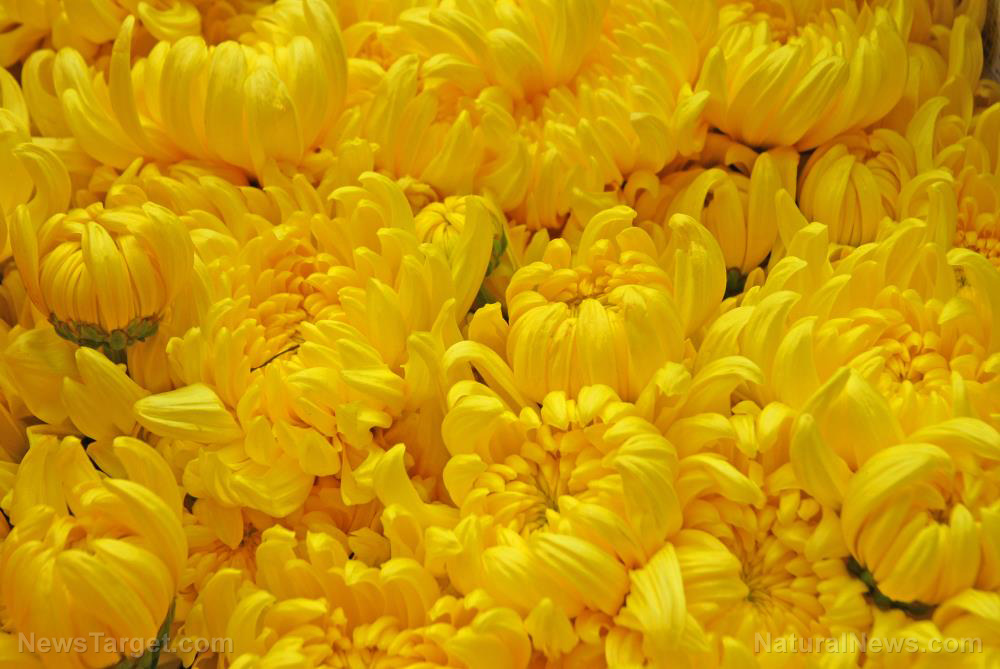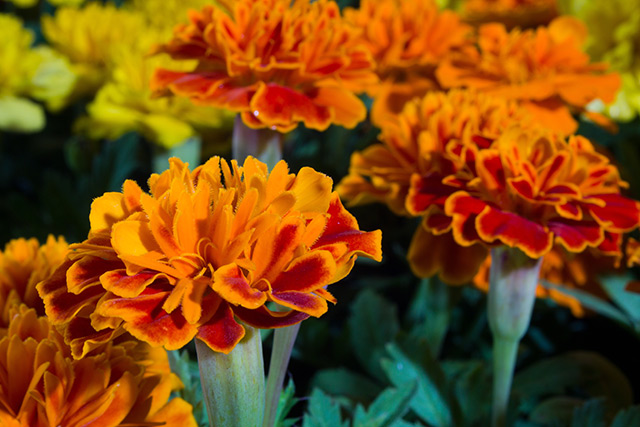Researchers explore the possibility of using citrus essential oils as natural antifungal agents
01/10/2019 / By Edsel Cook
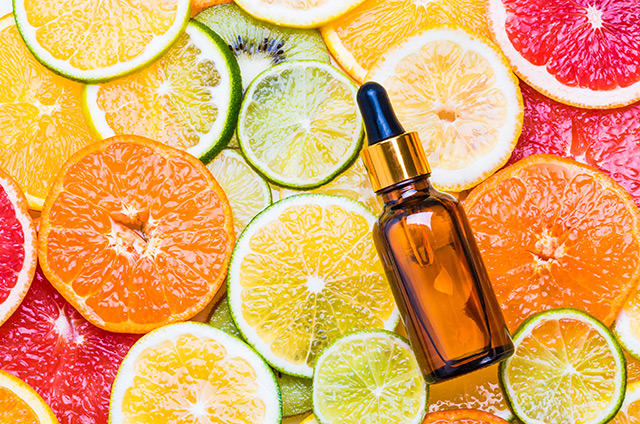
Algerian researchers have found another use for the essential oils drawn from the leaves of citrus plants. They believe these volatile oils are natural anti-fungal agents that can kill disease-causing molds and yeasts.
Normally, this kind of research is applied to animal or human health. But the researchers reported that the fungicidal properties of citrus essential oils could also be extended to agricultural plants.
Their new study stemmed from the need for new, natural fungicides to replace synthetic equivalents in agriculture. Chemical fungicides have lost their effectiveness against pathogenic fungi because of overuse. The chemicals also cause serious harm to the environment and human health.
The Benbouali Hassiba University of Chlef (UHBC) researchers looked for plant compounds that can serve as alternative antifungals. They chose essential oils, which are naturally found in many plants and play important roles in biological functions.
Earlier studies have shown that essential oils are very effective at inhibiting or killing a wide variety of microorganisms. They are also very safe for use by humans, having seen wide use in aromatherapy, cosmetics, perfumes, and traditional medicine.
Testing the anti-fungal activity of essential oils from the leaves of citrus plants
The UHBC researchers selected four local species of citrus for study. The species selected were navel orange (Citrus sinensis Osb), marmalade orange (Citrus aurantium), lemon (Citrus limon), and mandarin orange (Citrus reticulata Blanco). Their leaves are known to contain essential oils.
They collected 300 grams of leaves from each citrus species. These leaves went through hydro-distillation to extract the essential oils.
The researchers measured the amount of essential oil yielded by every 100 grams of dried plant matter. They also recorded the physicochemical properties of each oil, such as the density, the refractive index, the acid number, and the ester number.
To determine the antifungal activity of the oils, the researchers cultivated cultures of Alternaria alternata and a Penicillium species. A. alternata is a pathogenic fungus that causes leaf spot and other fungal diseases in hundreds of plant species.
The navel orange, marmalade, lemon, and mandarin essential oils were diluted to 0.001, 0.01, 0.05, 0.1, 0.2, 0.4, 0.6, 0.8, and one milligram per milliliter (mg/ml). The diluted doses were applied to the fungi cultures.
The researchers calculated the percentage of radial mycelia that were prevented from growing by the treatment. They also measured the minimum inhibitory concentration that was needed to achieve 50 percent inhibition. Finally, they sought to figure out means by which the essential oils were inhibiting the growth of the fungi. (Related: Ditch those toxic synthetic insecticides… Try citrus essential oil instead.)
The essential oil from lemon leaves can protect plants from fungal diseases
The UHBC researchers determined that lemon (Citrus limon) displayed the highest yield of essential oil at 1.02 percent. One hundred grams produced 1.02 grams of oil after hydro-distillation. Navel oranges (Citrus sinensis) came close at 0.96 percent.
In the anti-fungal activity test, the essential oils from marmalade, lemon, and mandarin proved to be the most effective at inhibiting the growth of the pathogenic fungi Alternaria alternata and Penicillium sp. The radial mycelia of both fungi were prevented from growing any further.
In addition, as the concentration level of the essential oil increases, its effectiveness as an anti-fungal also improved. The highest tested dosage – one mg/ml – achieved the greatest inhibitory effect on both fungi.
Based on the results of their experiment, the researchers concluded that the essential oils found in citrus leaves possess significant potential as natural fungicides. Further studies are called for to determine the full extent of their effectiveness against fungal diseases.
To find out more about the many medicinal uses of citrus leaves, visit Remedies.news.
Sources include:
Tagged Under: antifungal agent, citrus, citrus essential oil, essential oils, fungal disease, Lemon, Mandarin orange, natural fungicide, natural remedies



